How to stop a dog fouling outside my house? When dealing with the issue of dogs fouling outside my house, it is essential to address this concern promptly and effectively. Understanding the reasons behind this behaviour can help in implementing strategies to prevent it. By creating a safe and comfortable environment for pets, such as providing designated areas for them to relieve themselves, one can significantly reduce incidents of fouling in unwanted areas. Proper training, consistent reinforcement, and positive reinforcement techniques are key in encouraging desired behaviours from dogs. Seeking advice from professionals or local authorities can also offer valuable insights and solutions to tackle this problem efficiently.
Key Takeaways
- Implement physical deterrents: Place fencing or barriers to discourage dogs from fouling outside your house.
- Use natural repellents: Consider using citrus peels or vinegar around your property to deter dogs from fouling.
- Report incidents promptly: Notify local authorities about persistent dog fouling issues in your area for swift action.
- Educate pet owners: Encourage responsible dog ownership through awareness campaigns and neighbourly reminders.
- Maintain a clean environment: Regularly clean and maintain the area outside your house to prevent attracting dogs for fouling.
- Engage with the community: Collaborate with neighbours and local groups to address dog fouling collectively for a cleaner and safer environment.
Understanding dog fouling issues
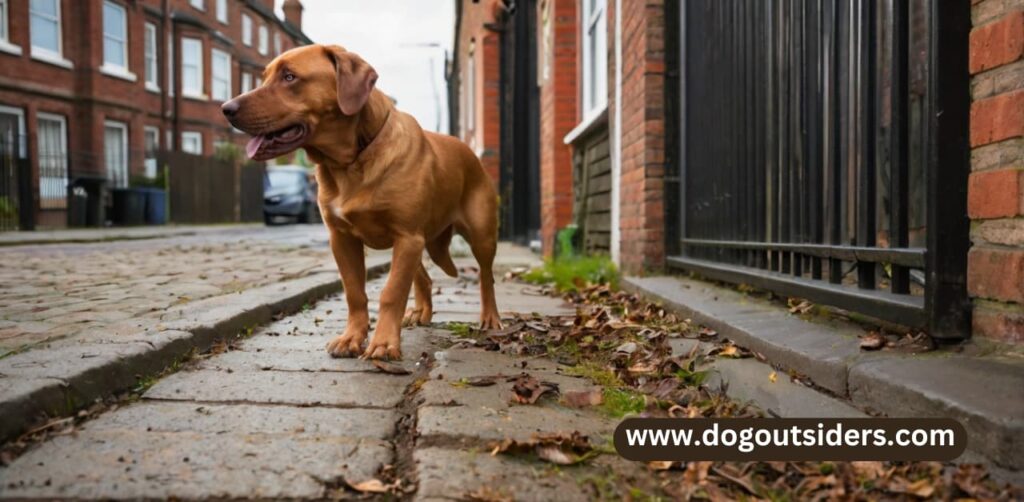
Reasons behind dogs fouling outside homes
Dogs may foul outside houses due to territorial marking or instinctual behaviour, often triggered by scents left by other animals. Lack of proper training and routine can also contribute to this issue.
Importance of understanding dog behaviour
Understanding dog behaviour is crucial in addressing fouling problems. It helps identify underlying reasons such as anxiety, health issues, or lack of appropriate toilet training.
Determining territorial marking vs instinctual behaviour
Distinguishing between territorial marking and instinct-driven fouling is essential. Dogs mark territory to establish boundaries, while instinctual behaviour is influenced by primal urges.
How to Stop a Dog Fouling Outside My House
To stop a dog from fouling outside your house, there are several steps you can take. First, consider installing a fence or gate to prevent dogs from entering your property. You can also try using deterrent sprays or motion-activated devices to discourage dogs from coming near your house. Another option is to politely approach dog owners in your neighborhood and ask them to clean up after their pets.
Consider posting signs reminding pet owners to pick up after their dogs. Finally, if the issue persists, you may need to contact local authorities or animal control for assistance. By taking these proactive measures, you can help reduce dog fouling outside your house.
Strategies to deter dogs
Non-violent methods
Implementing non-violent methods is crucial in deterring dogs from fouling outside your house. Using black pepper or white vinegar can be effective in repelling dogs due to their strong scents that dogs find unpleasant. These natural deterrents are safe for the environment and harmless to animals.
Utilise physical deterrents as another effective strategy. For instance, hanging clear water-filled Coke bottles around the perimeter of your property can startle dogs and discourage them from entering the area. This method capitalises on dogs’ sensitivity to sudden movements and unfamiliar objects.
Regularly cleaning and disinfecting the area where dogs have fouled is essential. Dogs are less likely to revisit spots that have been thoroughly cleaned, as they rely heavily on their sense of smell to identify familiar locations for elimination. By removing any lingering odours, you can significantly reduce the chances of repeat incidents.
Environmental modifications
Making environmental modifications can also help prevent dogs from fouling near your property. Installing motion-activated sprinklers can startle dogs when they approach, teaching them to avoid the area altogether. Planting dog-repelling plants like citronella or rue can act as a natural deterrent due to their strong scents that dogs find off-putting.
Creating a designated dog area in your yard or neighbourhood can redirect dogs to more appropriate locations for elimination. By providing an appealing alternative space with proper amenities like waste bags and disposal bins, you can encourage responsible pet ownership and reduce instances of fouling in unwanted areas.
Community involvement
Engaging with local authorities and animal control services can be instrumental in addressing persistent dog fouling issues. Reporting incidents of irresponsible dog owners or stray animals to dog wardens can lead to enforcement actions and educational initiatives within the community. Collaborating with dedicated dog walkers and pet owners can also promote responsible pet ownership practices.
Implementing a neighbourhood watch programme focused on dog fouling can raise awareness and encourage residents to monitor and report any instances of irresponsible behaviour. By fostering a sense of community responsibility towards pet-related matters, you can create a more dog-friendly environment that prioritises cleanliness and mutual respect.
Reporting fouling effectively
Procedures
To report dog fouling incidents, contact the local council or animal control services immediately. Provide specific details such as the location, time, and frequency of the incidents.
Accuracy
Accurate reporting is crucial for authorities to take appropriate action. Ensure to provide precise information to facilitate a prompt response.
Follow-up
After reporting an incident, authorities may conduct investigations to address the problem. Cooperate with them by providing any further necessary details.
When reporting dog fouling, it is essential to include detailed descriptions of the incidents. This helps authorities in identifying patterns and taking corrective measures. Remember, accurate reporting is key to effectively addressing the issue.
Helpful Tips
- Take note of the time when the fouling occurs as it can help in monitoring and addressing the problem promptly.
- Providing photo evidence can strengthen your report and support the investigation process effectively.
Reporting dog fouling promptly not only ensures a clean environment but also promotes responsible pet ownership. By actively engaging with the authorities, you contribute to maintaining the cleanliness of your neighbourhood.
Emphasising responsible ownership

Importance of Accountability
Responsible owners play a crucial role in maintaining cleanliness in their surroundings. By being vigilant and proactive, they can prevent their dogs from fouling outside houses.
Taking accountability for one’s pet’s actions is not just about avoiding fines for trespassing. It’s about respecting the community and ensuring a pleasant environment for everyone.
Impact on the Community
Dog fouling not only poses health risks but also creates an unsightly and unpleasant environment for residents. Anything left behind by pets can be a nuisance to others.
Being aware of the consequences of their pet’s actions can motivate owners to be more mindful and considerate towards their neighbours.
Proactive Prevention Measures
To prevent dog fouling, owners should always carry poop bags and promptly clean up after their pets. Proper disposal of waste is essential to maintain cleanliness in public areas.
Educating oneself on local regulations regarding pet waste disposal is key to being a responsible pet owner. By following these guidelines, owners contribute to a cleaner and more hygienic community.
Impact on community and environment
Health Risks
Dog fouling poses significant health risks to people and the environment. Inconsiderate neighbours who allow their dogs to defecate in public areas contribute to the spread of diseases. The presence of dog waste can lead to bacterial contamination, posing dangers to human health.
Environmental Pollution
The issue of dog fouling extends beyond individual backyards. When left unattended, dog waste contaminates soil and water sources, impacting the ecosystem. The accumulation of faeces in public spaces leads to environmental pollution, affecting wildlife and vegetation.
Social Disruption
The sight and smell of dog waste in residential areas create a negative impact on the community. Posts on social media often highlight instances of irresponsible pet ownership, sparking debates and conflicts among neighbours. This social disruption can strain relationships within the community.
Practical Solutions
To address the challenges posed by dog fouling, communities can implement various strategies. Encouraging responsible pet ownership through education campaigns can raise awareness about the importance of cleaning up after pets. Providing adequate waste bins in public areas can also help prevent dog waste from littering the environment.
Conclusion:
Reflecting on the various aspects discussed, responsible dog ownership and community cooperation are pivotal in tackling the issue of dog fouling. By understanding the impact on both the environment and society, implementing effective deterrent strategies, and promptly reporting incidents, individuals can collectively create cleaner and safer neighbourhoods. Emphasising education and awareness can further promote positive behavioural changes among pet owners, fostering a more considerate and respectful community environment.
Taking proactive steps towards addressing dog fouling not only enhances the quality of life for all residents but also contributes to a healthier and more pleasant living space. I encourage you to apply the strategies outlined, engage with local initiatives, and advocate for responsible pet ownership within your community. Together, we can make a significant difference in combatting this issue.
FAQ’s:
To understand the issues related to dog fouling, consider factors like health risks, environmental impact, and community nuisance caused by irresponsible pet owners. Educate yourself on local regulations and guidelines regarding pet waste disposal.
Implement deterrents like fences, natural repellents, motion-activated devices, or designated pet waste areas. Consistent training and positive reinforcement for your own dog can also help prevent fouling in your vicinity.
Report dog fouling incidents to the local council or relevant authorities using official channels such as online forms, phone hotlines, or dedicated apps. Provide specific details like location, time, and any identifying information about the dog owner if possible.
Emphasising responsible ownership encourages pet owners to clean up after their dogs, reducing instances of fouling in public areas. It fosters a sense of accountability and consideration towards the community and environment, promoting a cleaner and safer neighbourhood for all.
Dog fouling poses health hazards due to bacteria and parasites present in faeces. It also contributes to environmental pollution, contaminating soil and water sources. Socially, it creates unpleasant surroundings and can lead to conflicts among residents. Proper waste management is essential to mitigate these negative impacts.
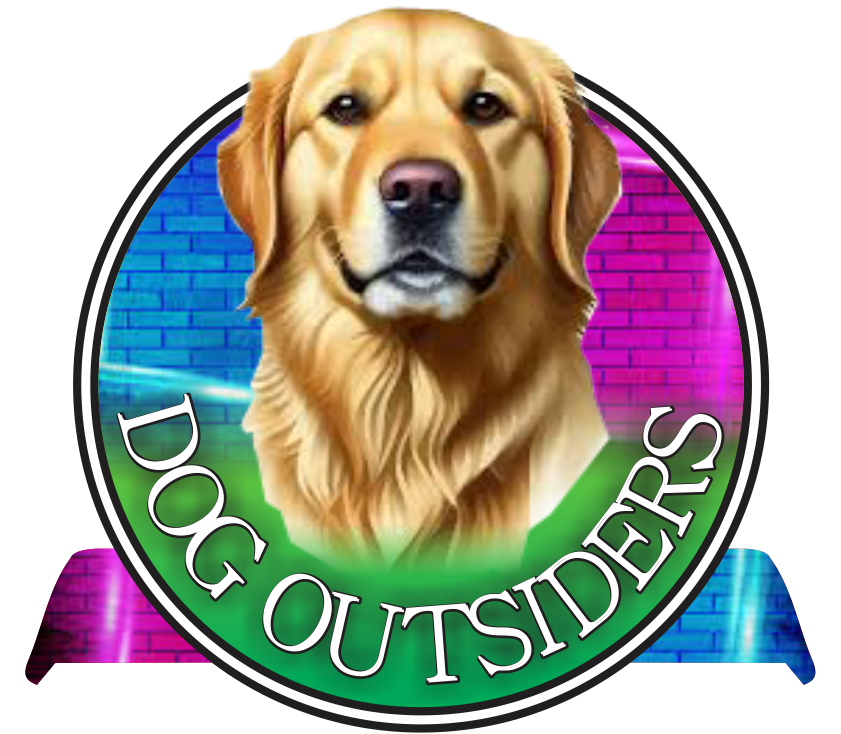
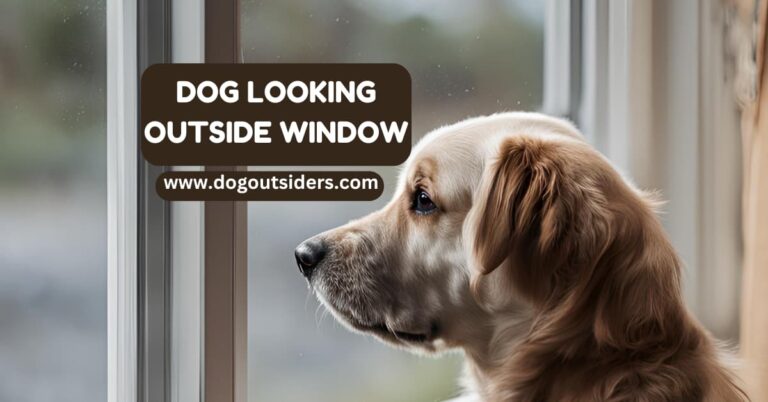
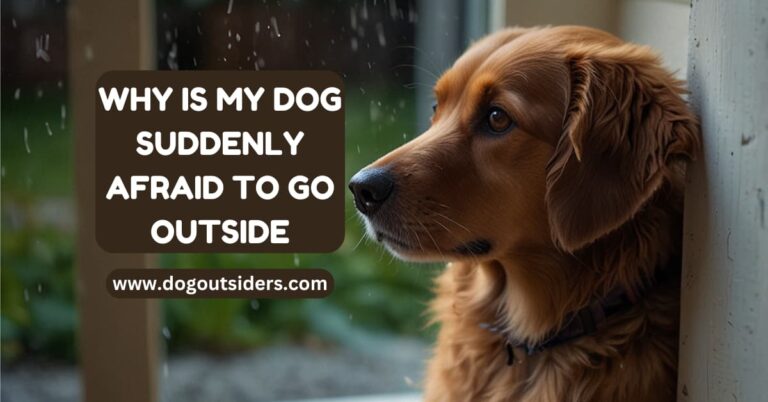
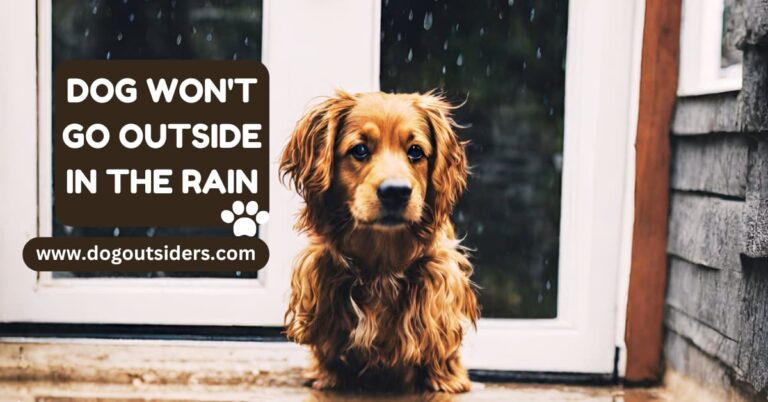

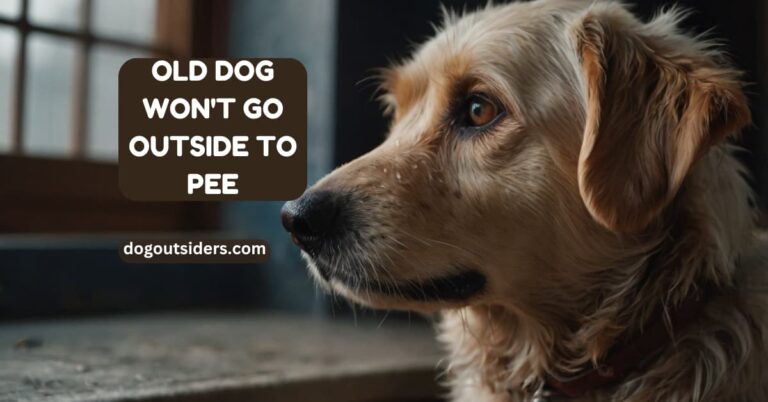
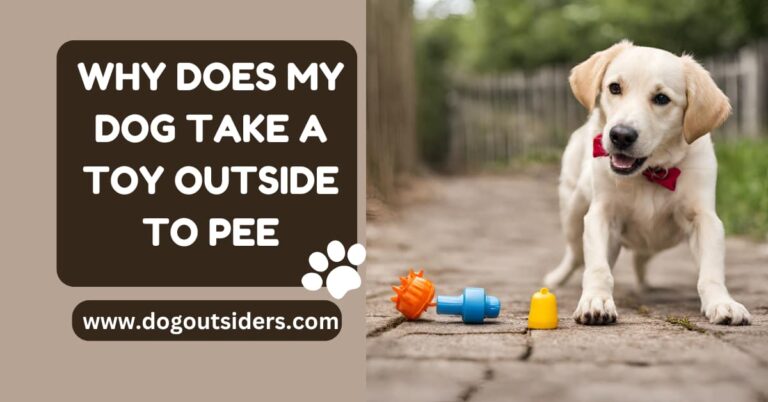
One Comment